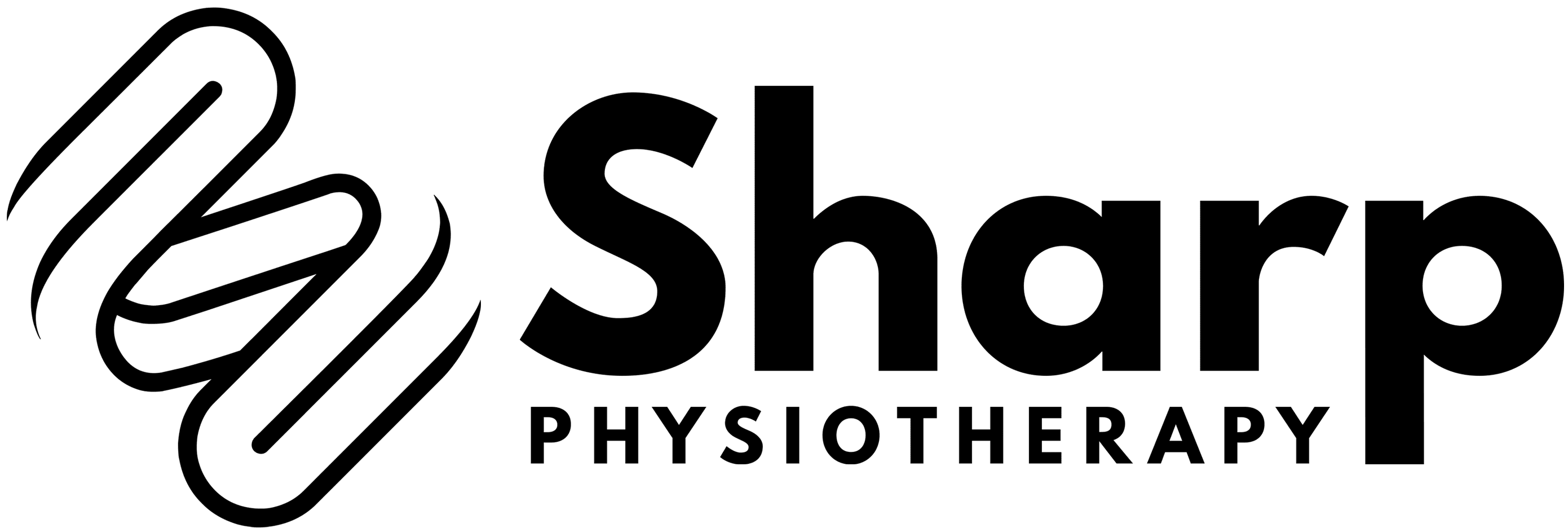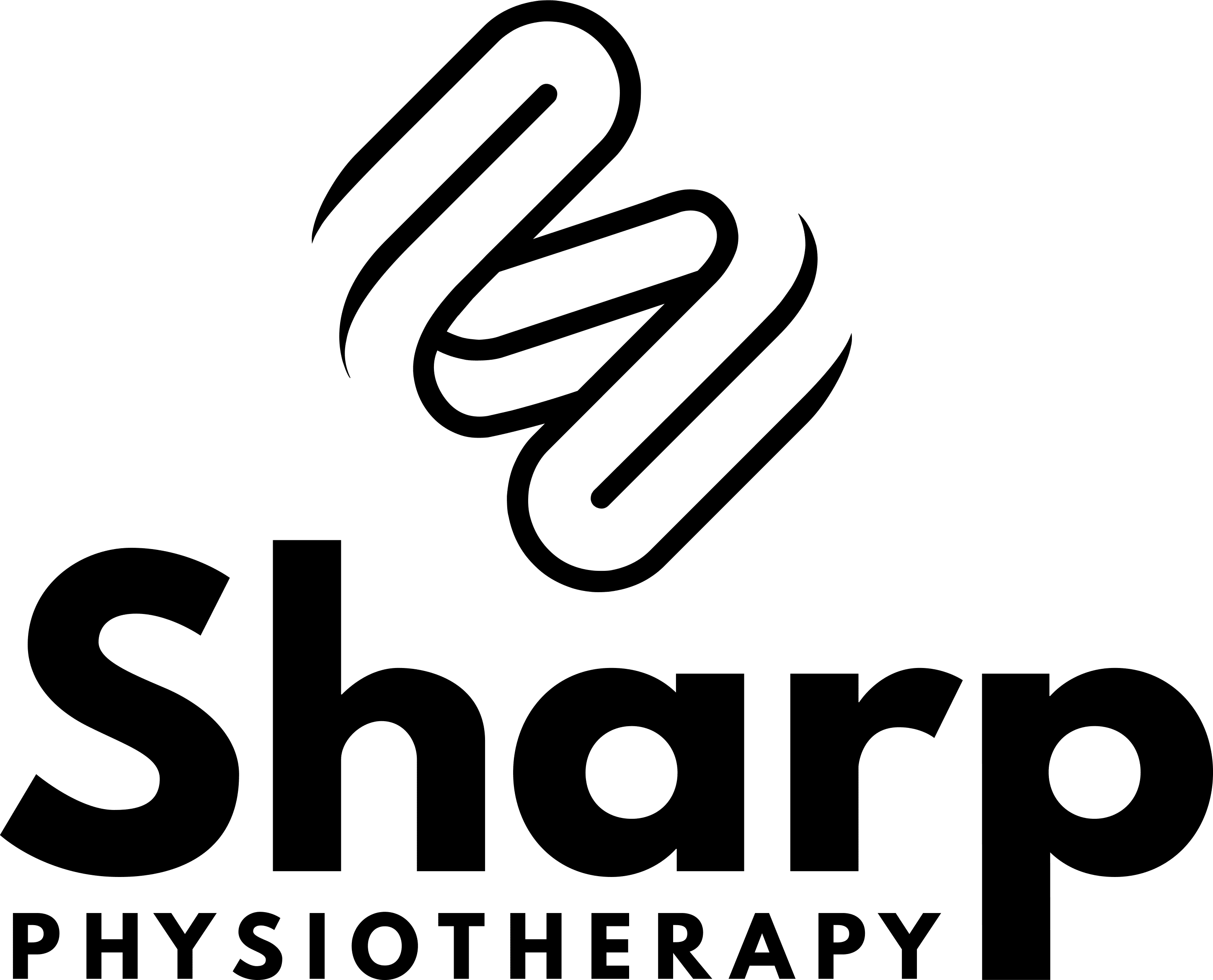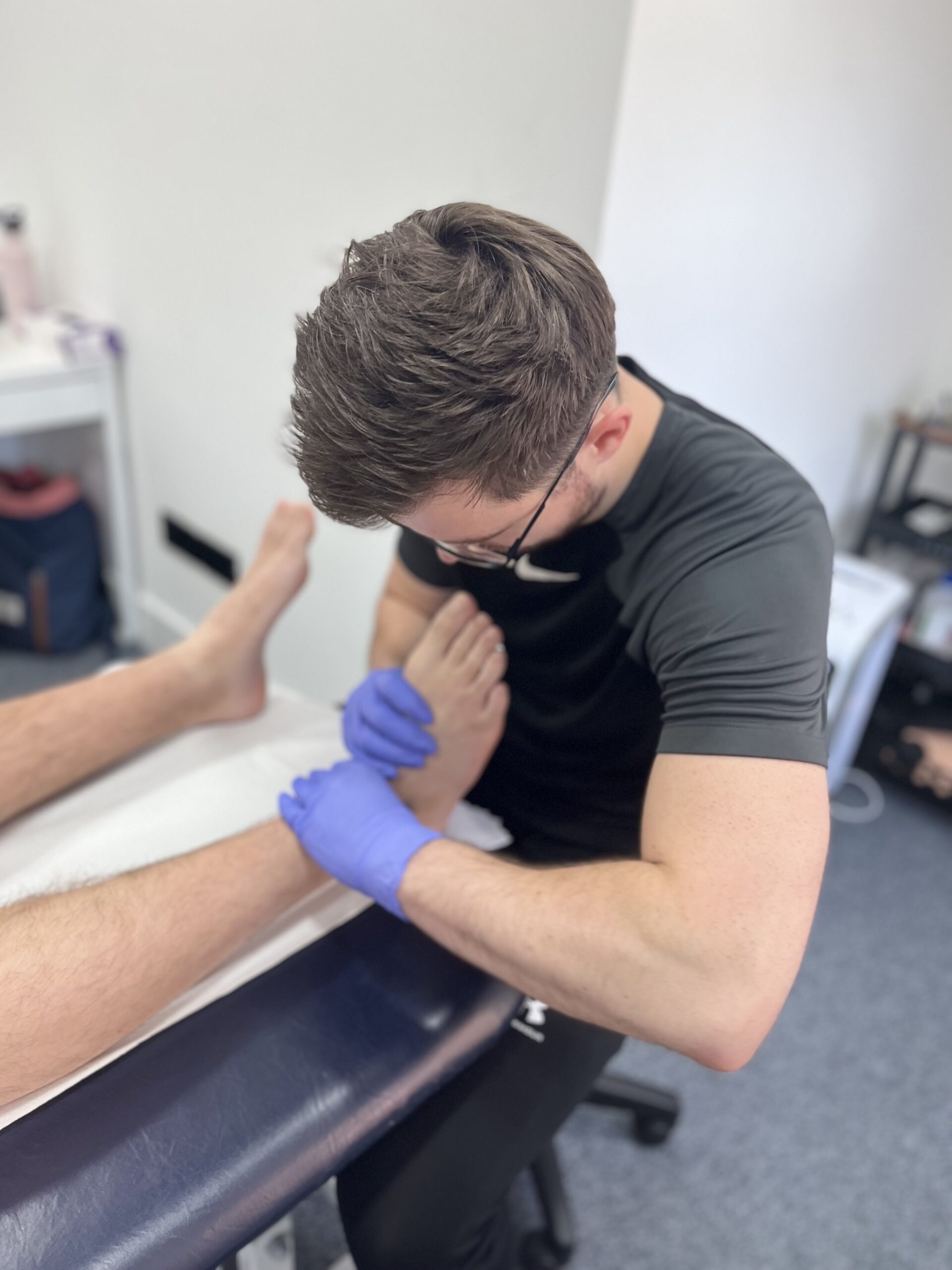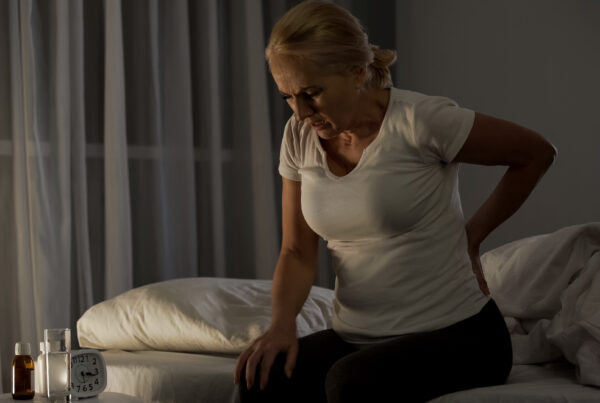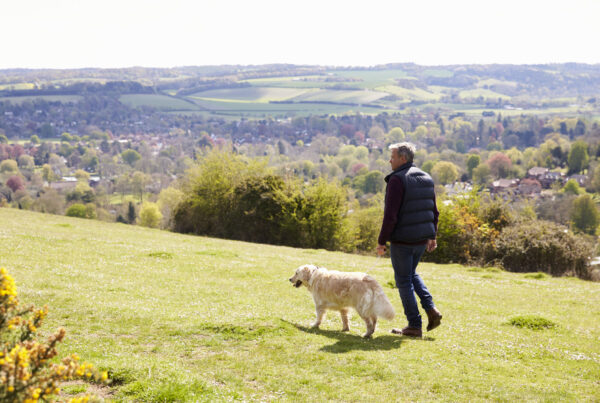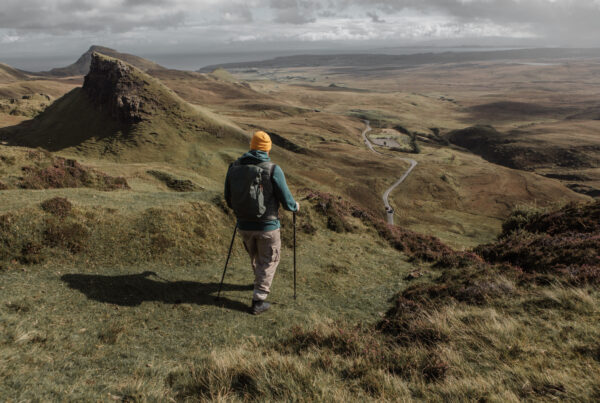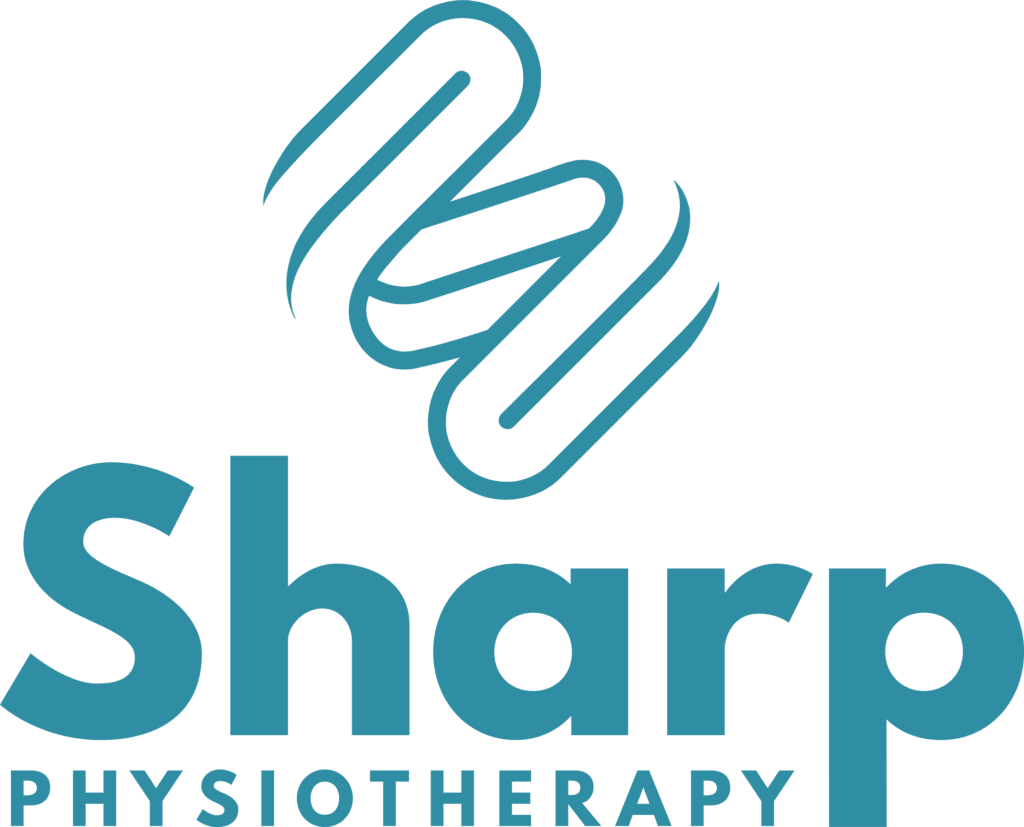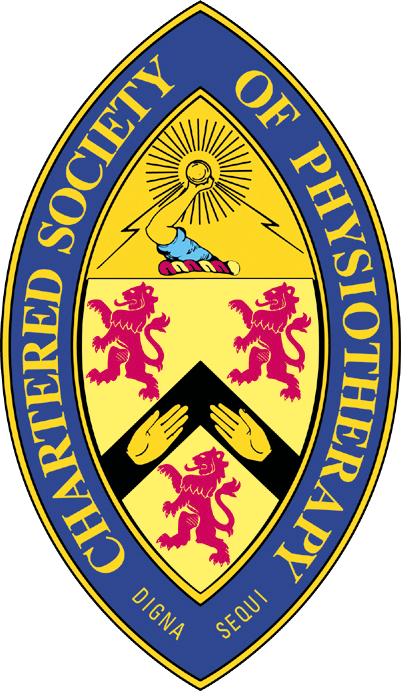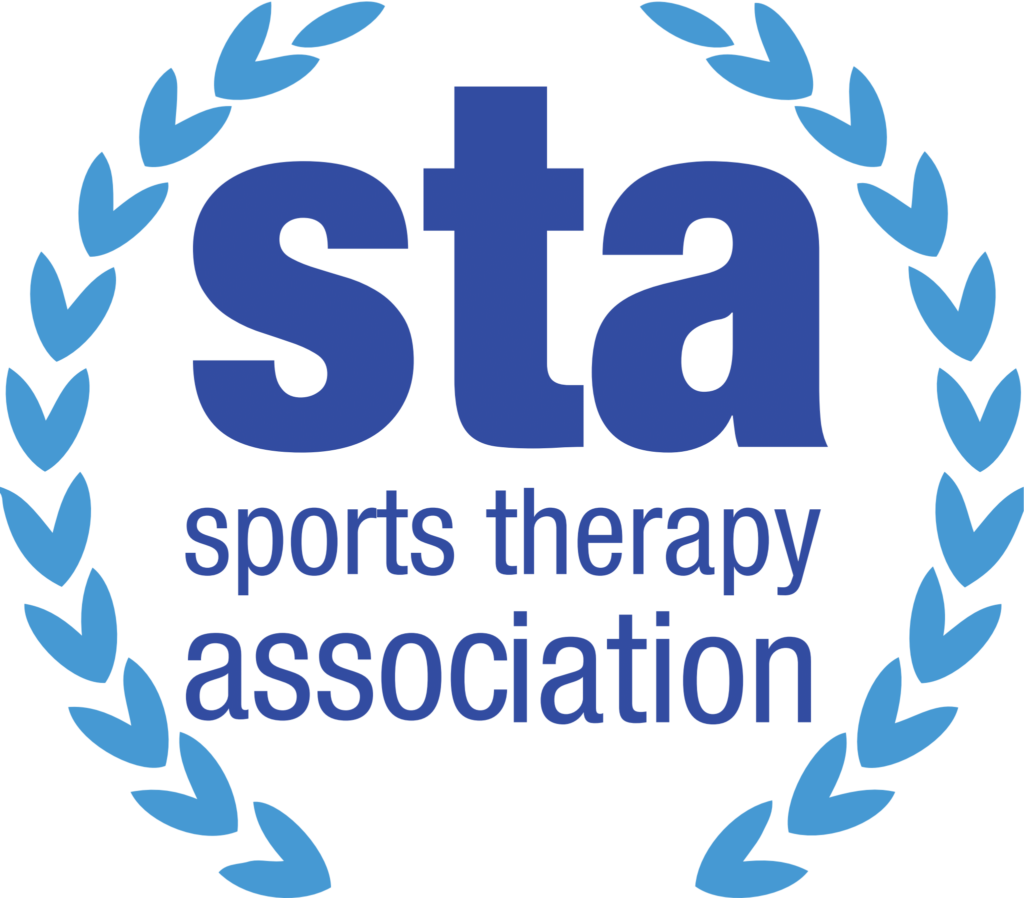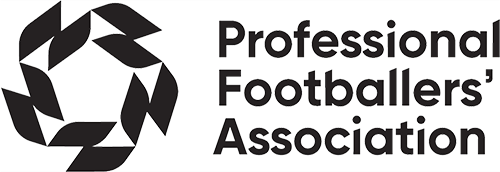Could Your Feet Be Giving you Back Pain?
The Relationship Between The Feet & The Lower Back
Is back pain hampering your daily life? Do you find your self constantly mindful of your back, regardless of your activity? Are you reliant on painkillers to get through a day? Have you got rid of back pain before but it has come back? Have you seen professionals before but still unsure about the root cause of your back pain? Has your back pain persisted for so long you believe nothing can be done? Identifying the root cause of back pain is crucial and it is worth noting that in many cases, the source of the problem can be traced back to the feet.
Our feet play a role far beyond their physical appearance and size. Often overlooked, these seemingly humble structures serve as the foundation on which our entire body stands, moves, and carries the load of daily life. The intricate network of bones, muscles, and ligaments in our feet is not only essential for mobility but holds the key to understanding a significant contributor to a widespread problem: back pain.
Understanding how their structure and function can significantly influence the alignment of the entire body and contribute to the prevalence of back pain will equip you to make decisions that promote spinal health and general well being.
The Foundation Of The Body
In the grand symphony of the human body, the feet take center stage as the unsung heroes of our daily movements. The complexity of the foot’s anatomy is awe-inspiring, with each element playing a crucial role in maintaining balance, absorbing shock, and facilitating our capacity to move.
Comprising 26 bones, 33 joints, and over a hundred muscles, tendons, and ligaments, the foot is a biomechanical masterpiece. The arrangement of bones forms three arches—the medial, lateral, and transverse arches—each with a unique role in supporting body weight and providing adaptability to different surfaces.
Understanding the structural intricacies of the foot lays the groundwork for comprehending its significance in the context of back health. The arches, for instance, act as natural shock absorbers, distributing the forces generated during movement and reducing impact on the spine
The arches of the foot—longitudinal and transverse—are instrumental in maintaining balance and stability. The longitudinal arch runs along the length of the foot, divided into the medial and lateral arches, while the transverse arch spans the width of the foot. These arches work in tandem, adapting to the contours of various surfaces and optimizing weight distribution.
When functioning optimally, the arches provide a supportive base for the entire body, preventing excessive stress on joints and minimising the risk of musculoskeletal imbalances that may lead to back pain. With each step, the forces generated are transmitted through the feet, influencing the alignment of the entire musculoskeletal system. This weight-bearing function underscores the critical role that the feet play in the overall biomechanics of the body, particularly in relation to the spine.
”"You Can't Build A House On Sand"
Common Foot Problems & How They Impact The Lower Back
Flat Feet:
Flat feet, or fallen arches, occur when the arches of the foot collapse, causing the entire sole to come into complete or near-complete contact with the ground. The arches of the feet play a crucial role in distributing body weight and providing shock absorption. With flat feet, this mechanism is compromised, leading to altered biomechanics.
The misalignment can extend upward, affecting the alignment of the ankles, knees, hips, and ultimately impacting the spine. As the body attempts to compensate for the lack of arch support, it may lead to an overpronounced inward rolling of the ankles, which tilts the pelvis and places unwanted stress on the lumbar spine.
High Arches:
Conversely, high arches present their own set of challenges. Feet with high arches often have reduced surface contact with the ground, limiting their ability to absorb shock during activities like walking or running. This lack of natural cushioning can result in increased impact forces traveling up the kinetic chain to the spine.
The rigid structure of high arches can distribute weight unevenly across the feet, concentrating pressure on specific joints. This heightened pressure can contribute to joint pain and discomfort, with the effects often reaching the back.
Overpronation and Supination: The Gait Dilemma
Overpronation occurs when the foot rolls excessively inward during the normal walking or running cycle. This inward rolling motion can cause the arch to flatten and the ankle to tilt, leading to an uneven distribution of weight. The resultant misalignment can affect the knees, hips, and eventually the spine. This is often the reason many individuals experience pain in multiple joints, not limited to the lower back.
In contrast, supination involves an outward rolling motion of the foot. This can create an elevated arch and shift the weight to the outer edge of the foot. The increased pressure on the outer foot may impact the alignment of the lower limbs and contribute to back pain over time.
The feet are the foundation of the kinetic chain, a series of joints and muscles that work together during movement. Any deviation from a normal gait pattern, whether due to overpronation or supination, can disrupt this chain, potentially leading to compensatory movements and stress on the spine.
The Spines Response To Gait Abnormalities
The gait cycle is a complex sequence of movements that occur during each step we take. From the initial heel strike to the final toe-off, this rhythmic process involves a delicate interplay of joints, muscles, and biomechanical forces.
In a normal gait cycle, the body undergoes a coordinated series of movements that contribute to balanced weight distribution. As each foot rolls from heel strike to toe-off, the spine maintains a relatively straight and aligned position. A harmonious gait ensures that forces generated during walking or running are absorbed evenly, minimising the risk of creating imbalances that may affect spinal alignment.
The spine, serving as the central support structure for our entire body, is remarkably adaptable. When confronted with gait abnormalities like overpronation or supination, the spine dynamically responds to maintain equilibrium and minimise immediate discomfort. However, these compensatory adjustments, while essential for short-term stability, may set the stage for long-term musculoskeletal imbalances and pain.
Compensations in response to gait abnormalities can manifest throughout the spine. For instance, if overpronation leads to an inward rolling of the foot, the body might counteract this motion by subtly altering pelvic alignment or introducing compensatory curves in the spine.
As the spine adapts to gait irregularities, muscles and ligaments throughout the back may experience increased strain or altered loading patterns. Certain muscle groups may be overused, while others may become underutilised. Over time, these imbalances can contribute to the development of tightness, weakness, or discomfort in the back region.
The persistent presence of gait abnormalities and their subsequent compensations can gradually result in musculoskeletal imbalances. Misalignments in the spine, even if subtle, can influence the distribution of forces on the intervertebral discs and joints, potentially contributing to degenerative injuries over time such as face degeneration and disc herniations or bulges.
While the spine’s adaptability is a testament to the body’s resilience, it also underscores its vulnerability. Gait abnormalities, if left unaddressed, can create a domino effect, impacting various regions of the spine and potentially leading to structural changes that contribute to back pain.
The recognition of gait abnormalities, from overpronation to supination, as pivotal contributors to back pain underscores the importance of addressing these issues at their roots. Our gait serves as a blueprint for the health of our spine, and deviations from this blueprint can lead to a cascade of musculoskeletal imbalances.
The Sharp Physio Team
Request A Free Discovery Call & Ask All The Questions You Need
